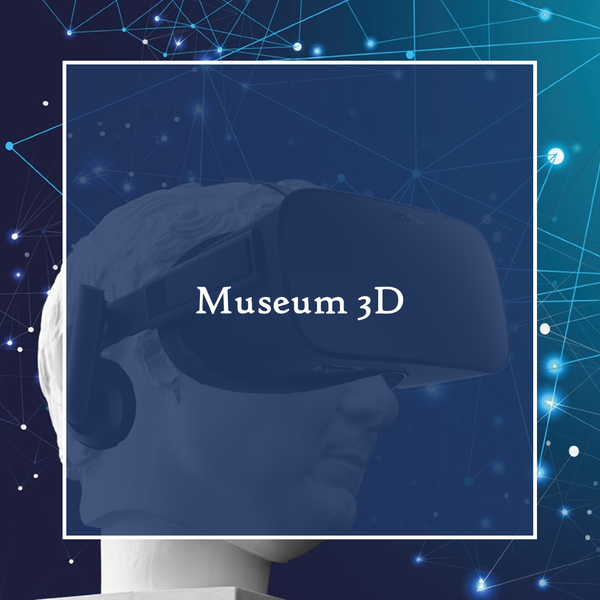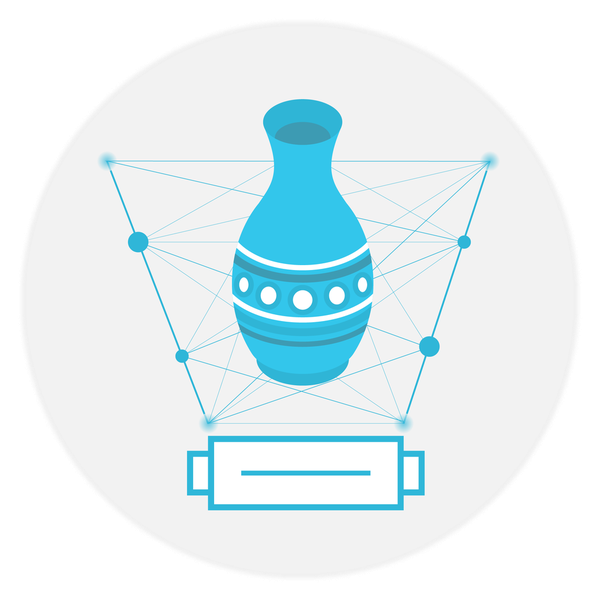Museum 3D - A virtual exhibition space as a DigiLab for museums and teaching
 |
Digital technologies play a central role in both research and knowledge transfer. They are used not only in the development of discovery, symbolization, and communication tools but also for interactive feedback. At the heart of Virtual Archaeology is 3D modeling, which allows us to understand and explore archaeological objects as cultural creations within their spatial, temporal, and original three-dimensional contexts. 3D visualizations of objects and artifacts can therefore be employed in various teaching contexts and museum experiences. They offer students the opportunity to view and analyze objects that require special storage and handling for conservation reasons from all sides in a digital space. Incomplete or fragmentarily preserved objects can be virtually supplemented, and artifacts can be reconstructed in their original installation context. Additionally, the virtual preparation of artifacts allows for the juxtaposition of different object genres and their examination in direct comparison. As part of the project, a virtual exhibition space was designed to serve as an experimental laboratory for training in object handling, method-oriented and interdisciplinary teaching formats, and the creation of special student exhibitions. Contact: Dr. Michaela Stark and Dr. Claudia Schmieder |
|
As a learning environment, a virtual museum space not only provides an immersive experience that enables practical and playful engagement with often fragile objects from collection holdings but also offers a platform for acquiring essential skills in working with these objects and in museum education. In virtual reality, various scenarios can be used to integrate comparative viewing and experiencing objects in their spatial context and in relation to other objects into teaching and outreach concepts. Correct 'learning to see' and the comparative viewing of objects are, like the process of description, essential components of the analysis of archaeological artifacts. These practices provide information about an object's temporal and geographical context as well as its semantic connotation, and are fundamental skills that students of visual studies must acquire. A virtual learning environment creates ideal conditions for engaging with an archaeological object on multiple levels. Tutorials and immersive learning modules can be designed by students as part of the planned course for the summer semester of 2023. These modules will train first-year students in the correct "seeing" of visual science as well as in the handling and analysis of artifacts. This approach is especially beneficial in basic modules, where students must learn a large amount of foundational subject knowledge and new scientific methods, making it easier for them to begin their studies. First-year students are introduced to basic methodological skills in a playful manner, which supports their academic success. Additionally, as an experimental laboratory, a virtual exhibition space offers numerous opportunities for practical training in cultural heritage education. |
|
|
You can currently explore three themes that students have designed in a class: Temple, Tomb and Roman House. You can access the project via this link: https://jlubox.uni-giessen.de/getlink/fi9Xb9FT7scMnbsMV7CXanqw/3D_Museum_FINAL.zip Information on the content and use is available here. We hope you enjoy your journey into antiquity! Please note: You will be directed to the HessenBox via the link provided. There you can download Museum 3D as a ZIP file. Once you have opened the downloaded folder, click on the file "Museum_Darstellung". It is likely that you will then receive a warning from your firewall, as "running this app may pose a security risk to your PC". You can safely ignore this message and run the file anyway - the programme does not in any way represent a security risk! You also do not need to update your graphics driver to run the programme. You can skip this step!
|
|

